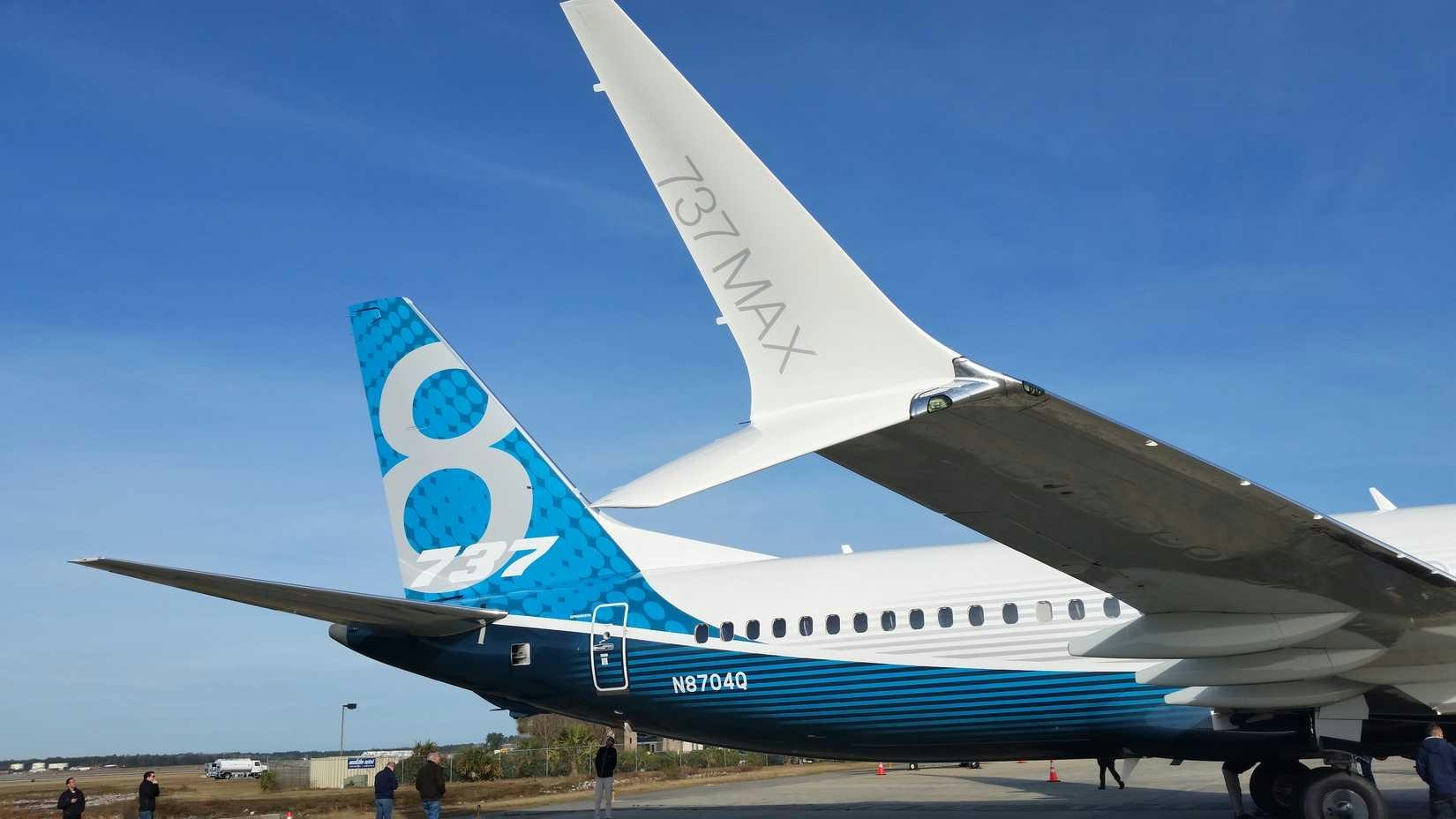
AeroGenie — Seu copiloto inteligente.
Tendências
Categories
Horizon Aircraft Chooses PT6A Engine for Cavorite X7 Jet
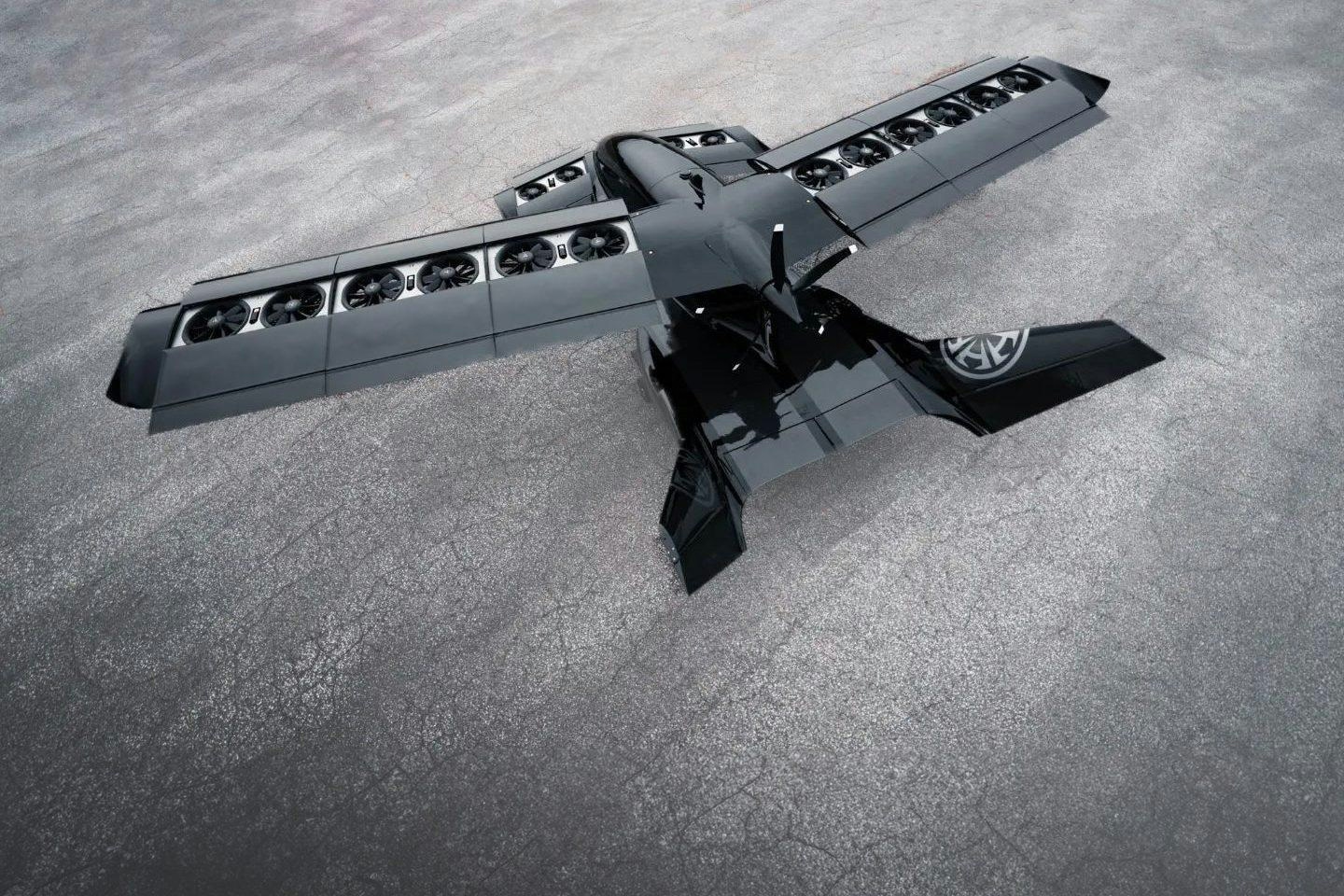
Horizon Aircraft Selects PT6A Engine for Hybrid Cavorite X7 eVTOL Jet
Horizon Aircraft has confirmed its acquisition of the PT6A engine from Pratt & Whitney Canada, marking a pivotal step in the advancement of its full-scale hybrid electric vertical takeoff and landing (eVTOL) aircraft, the Cavorite X7. This strategic choice reflects Horizon’s dedication to merging established aviation technology with cutting-edge hybrid propulsion systems, with the goal of enhancing both reliability and operational performance.
Engine Selection and Hybrid Design
The PT6A engine, celebrated for its longevity and efficiency, has been a mainstay in aviation for over six decades, powering hundreds of aircraft globally. Its modular construction and reverse-flow design facilitate easier installation and maintenance, contributing to lower operational costs and reduced downtime. These characteristics complement Horizon’s hybrid propulsion strategy, which combines gas turbine power with electric systems to optimize performance.
Distinct from many eVTOL competitors that depend exclusively on battery power, the Cavorite X7’s hybrid configuration removes reliance on charging infrastructure. This capability is particularly advantageous for operations in remote or underserved areas, broadening the aircraft’s potential applications across military, emergency response, and commercial sectors. Equipped with the PT6A engine, the Cavorite X7 is designed to achieve higher speeds, extended range, and improved reliability. Horizon also anticipates a reduction in hydrocarbon emissions by up to 30 percent compared to conventional aircraft fulfilling similar roles, positioning the aircraft as a more environmentally sustainable option.
Industry Perspectives and Market Challenges
Brandon Robinson, CEO of Horizon Aircraft, emphasized the importance of selecting the appropriate engine for their hybrid platform, stating, “The PT6A is exactly what we need for our full-scale aircraft, and building a relationship with Pratt & Whitney Canada, such a respected, global leader right here at home, is another amazing win.” Scott McElvaine, Vice President at Pratt & Whitney Canada, highlighted the engine’s relevance, noting, “Seeing the PT6A selected for Horizon Aircraft’s Cavorite X7 reflects its position as the most modern and versatile engine in its class today.”
Despite the promising partnership and technological synergy, Horizon Aircraft faces significant challenges ahead. The company must contend with a highly competitive eVTOL market, secure further investment, and successfully navigate the demanding testing and certification processes required for the Cavorite X7. Market acceptance will largely depend on the demonstrated reliability of the PT6A engine and the aircraft’s ability to meet its projected performance metrics. Concurrently, competitors are expected to respond with their own technological innovations or strategic alliances to maintain market position.
Horizon’s integration of the PT6A engine underscores a growing industry trend toward sustainable aviation solutions. As the Cavorite X7 moves closer to production, its combination of proven engineering and innovative hybrid design may establish new standards within the evolving landscape of electric and hybrid flight.
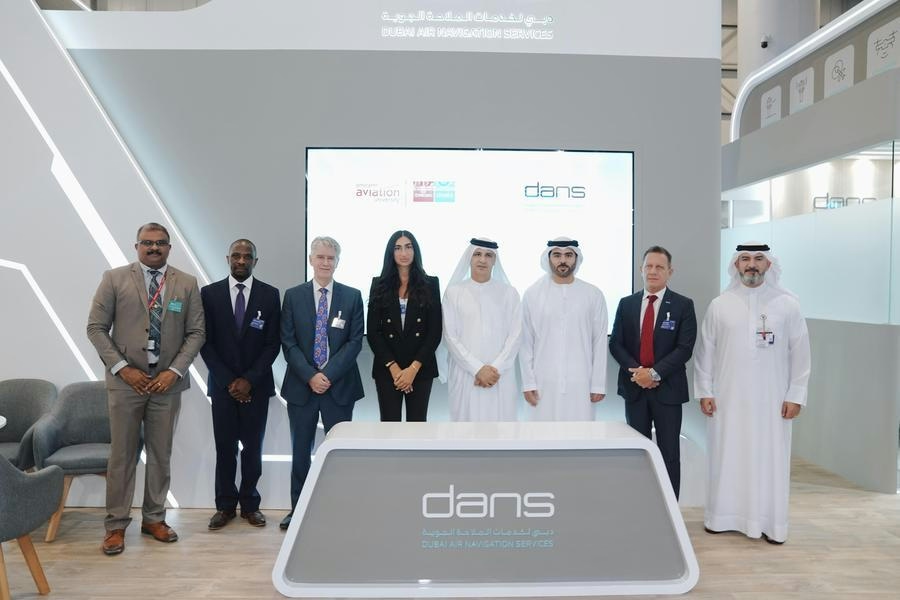
Dans and Emirates Aviation University Partner on AI Air Traffic Management Research
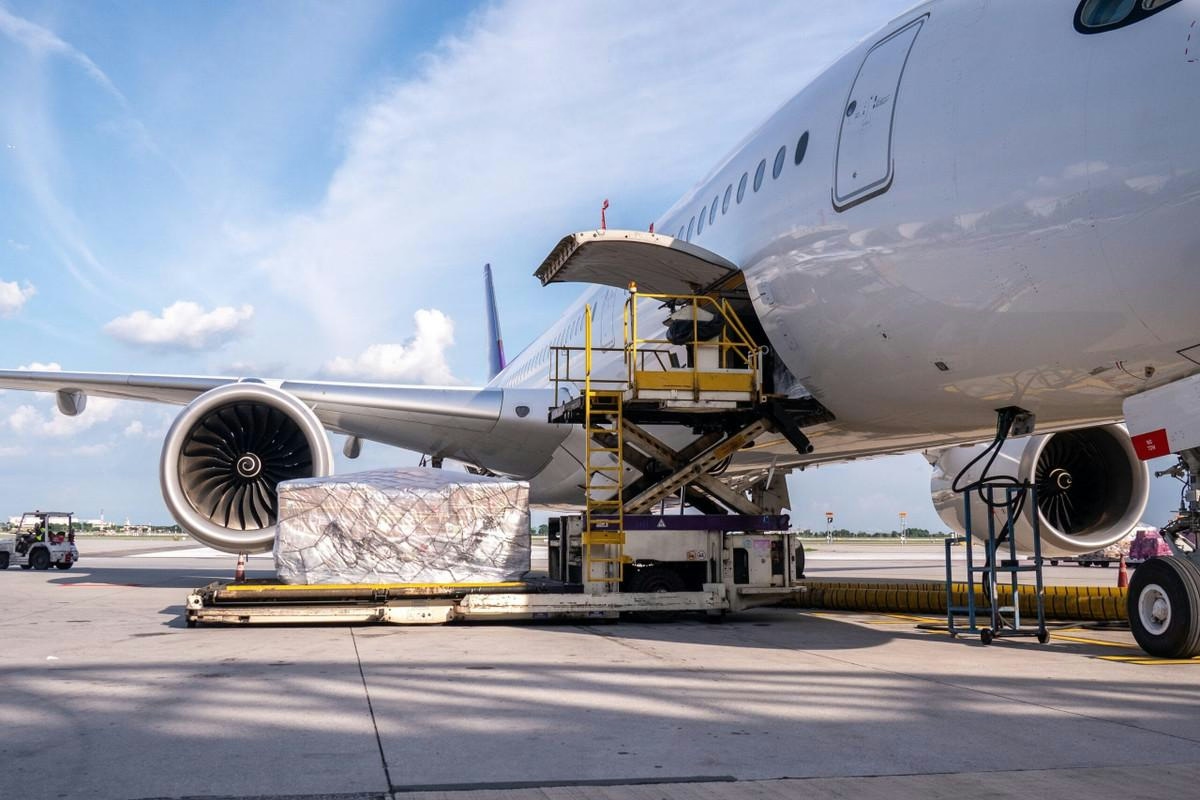
Nigus and AXISCADES to Develop Nigeria’s First Major Aviation MRO Hub
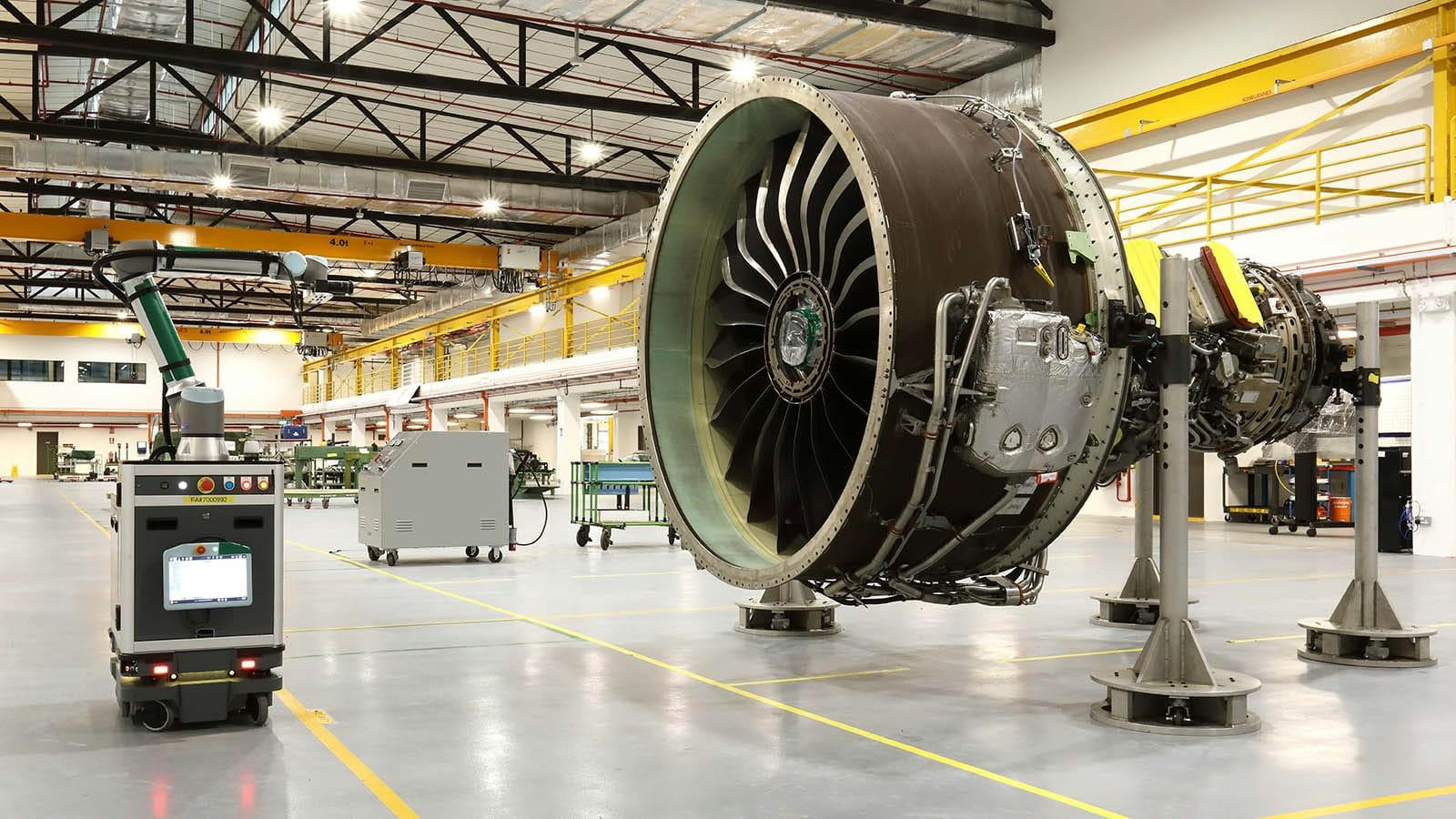
Commission Unveils Industrial Strategy for Aviation Sector
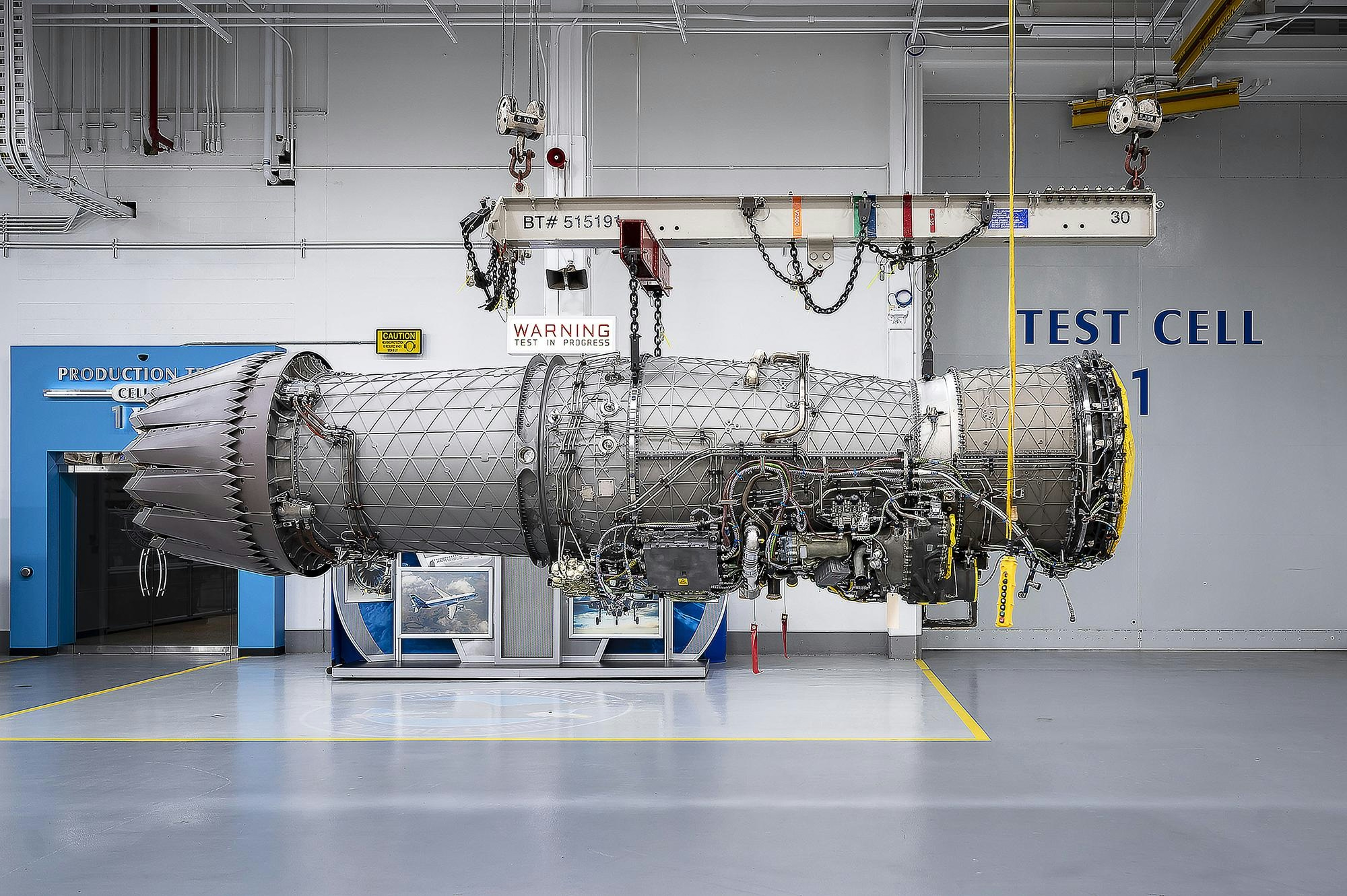
Pratt & Whitney Secures $1.6 Billion Contract for F135 Engine Support
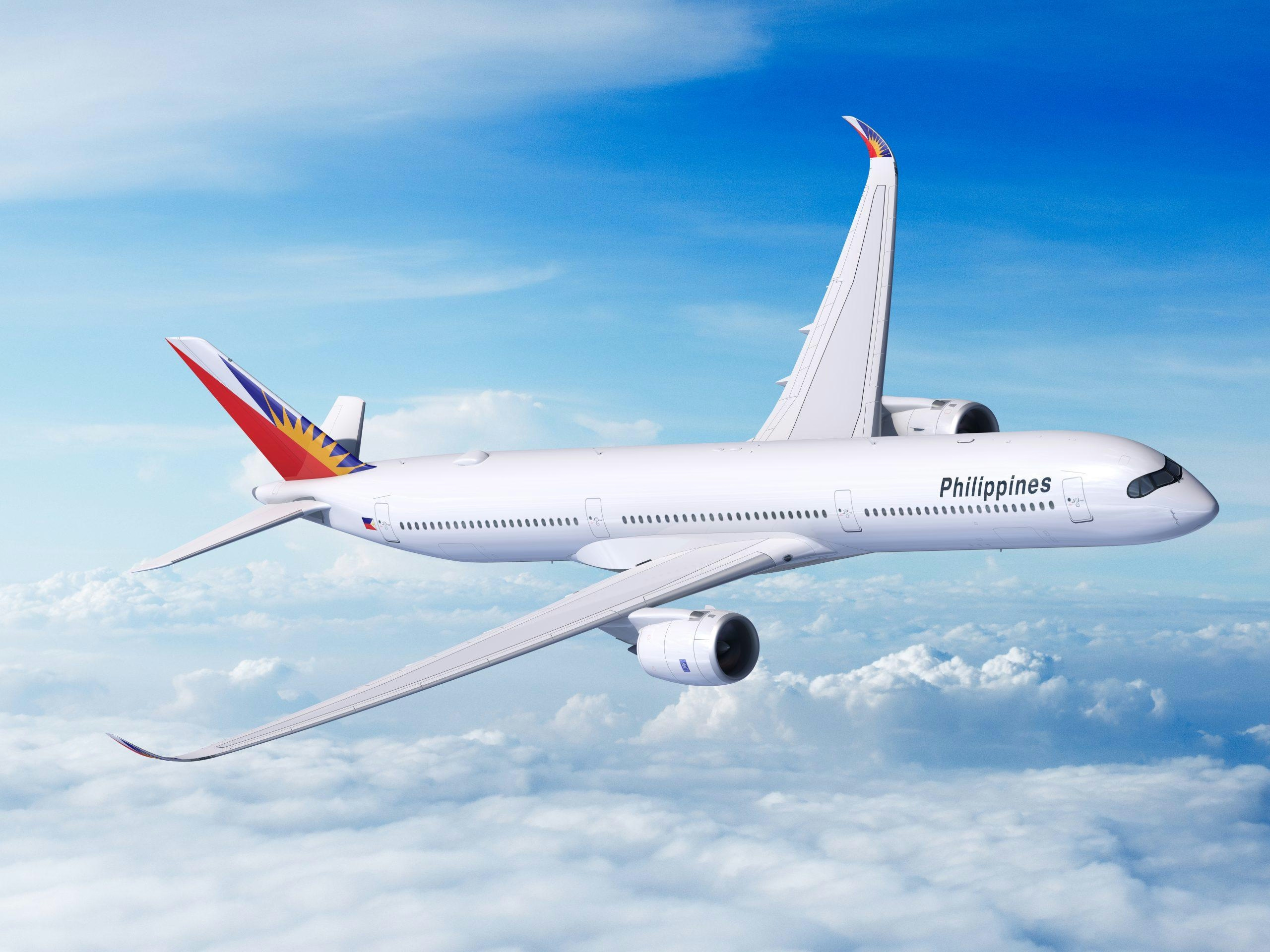
BOC Aviation Completes Sale-Leaseback Deal with Philippine Airlines
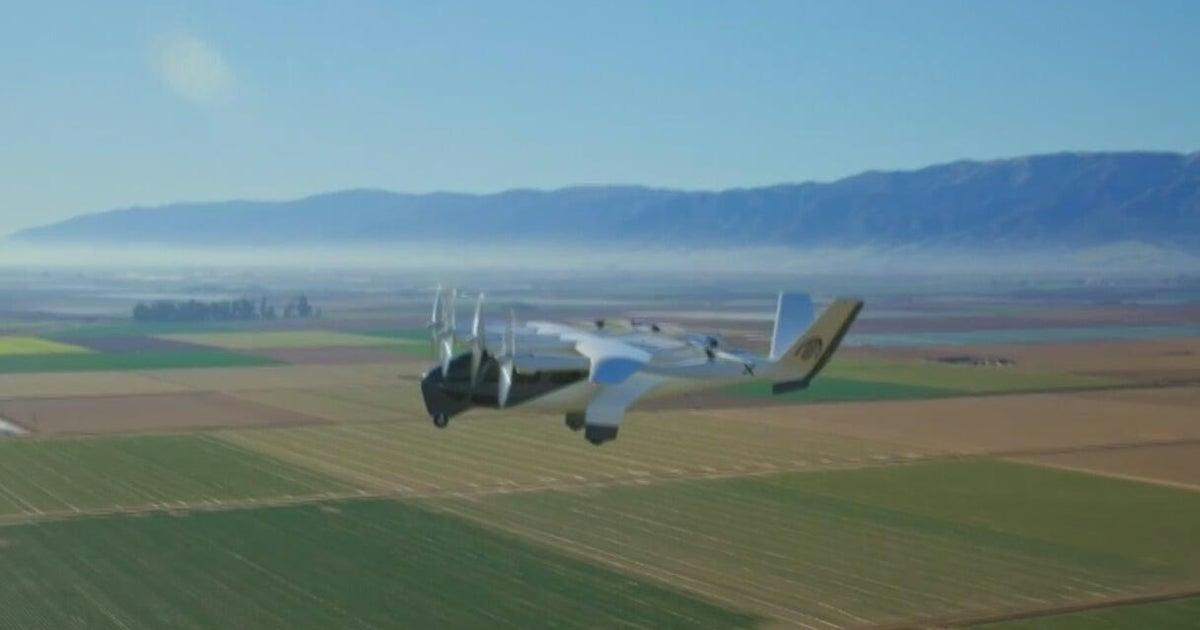
Air taxis promise relief from Miami’s worsening traffic
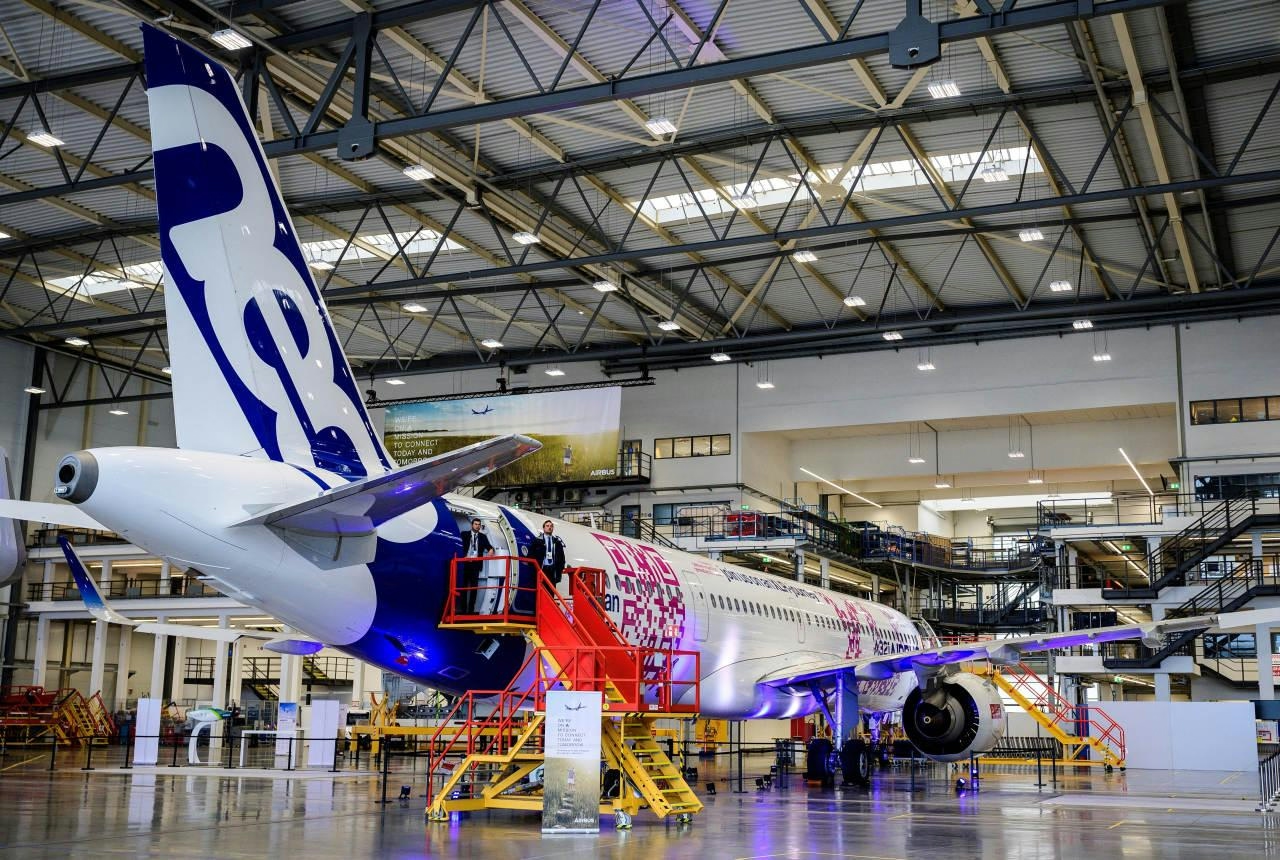
Philippine Airlines Orders Five Airbus A320s in $490 Million Deal
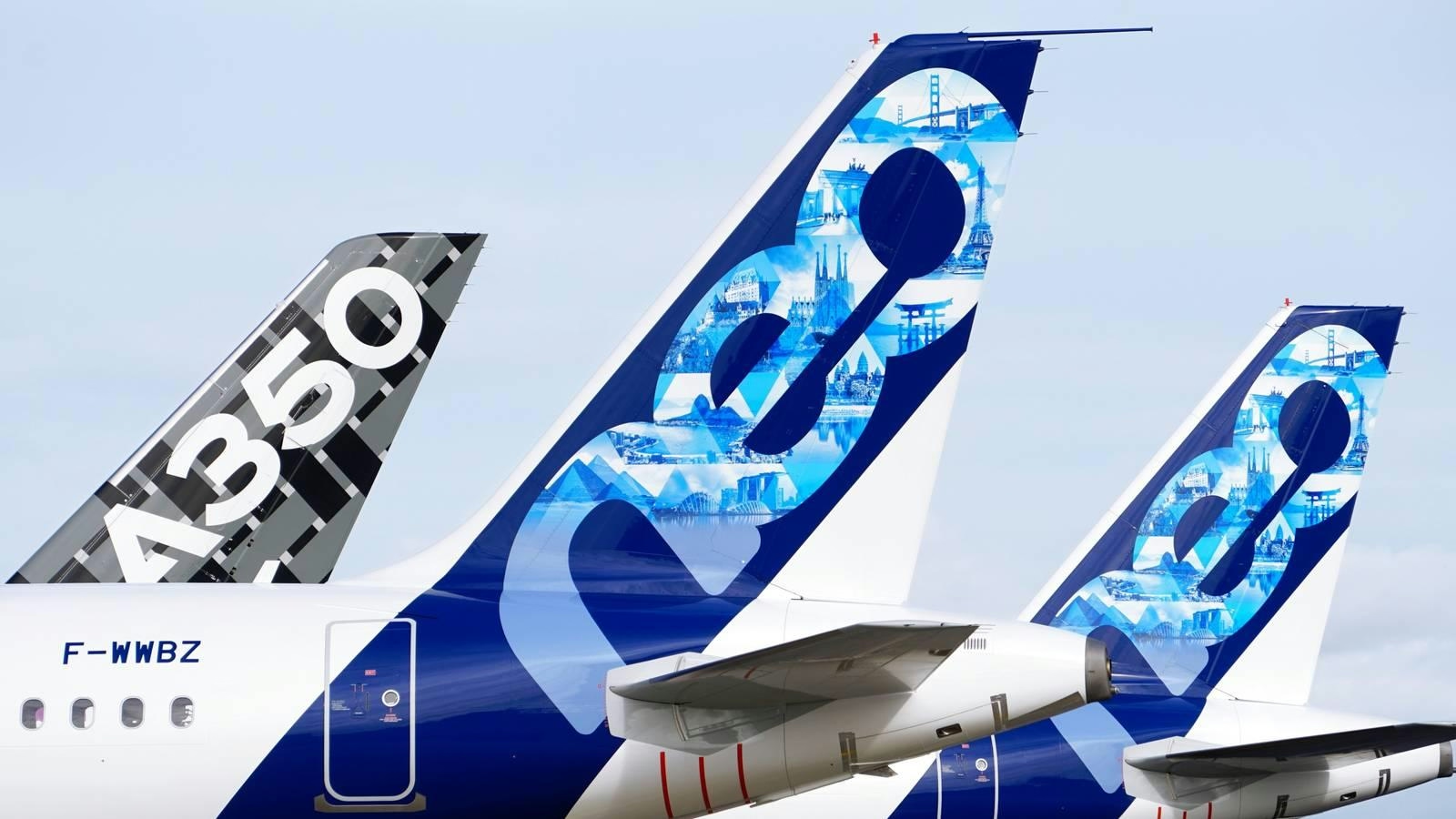
Airbus Lowers Annual Delivery Forecast
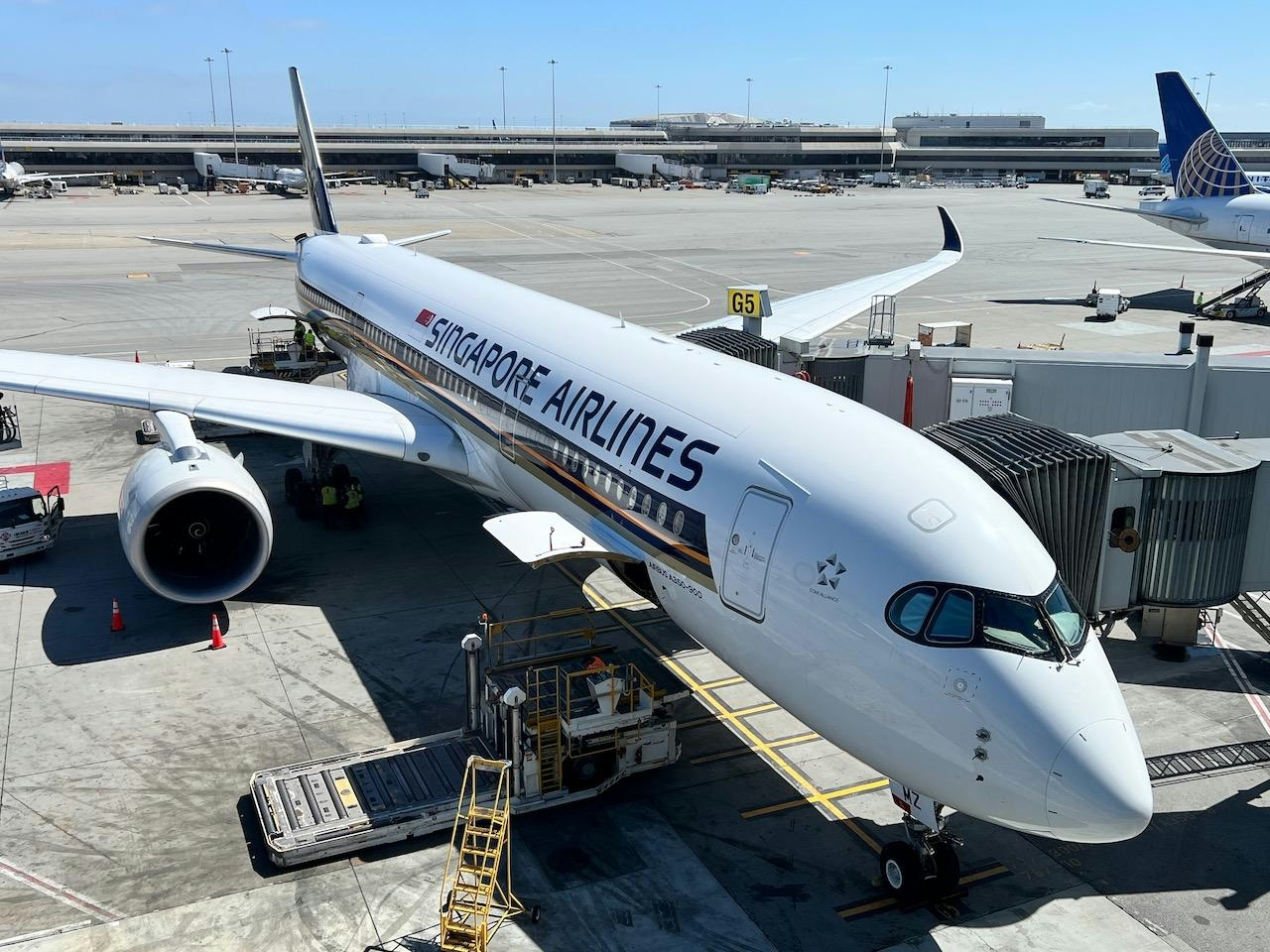
Base Maintenance Malaysia Conducts First Heavy Check on Singapore Airlines Airbus A350
